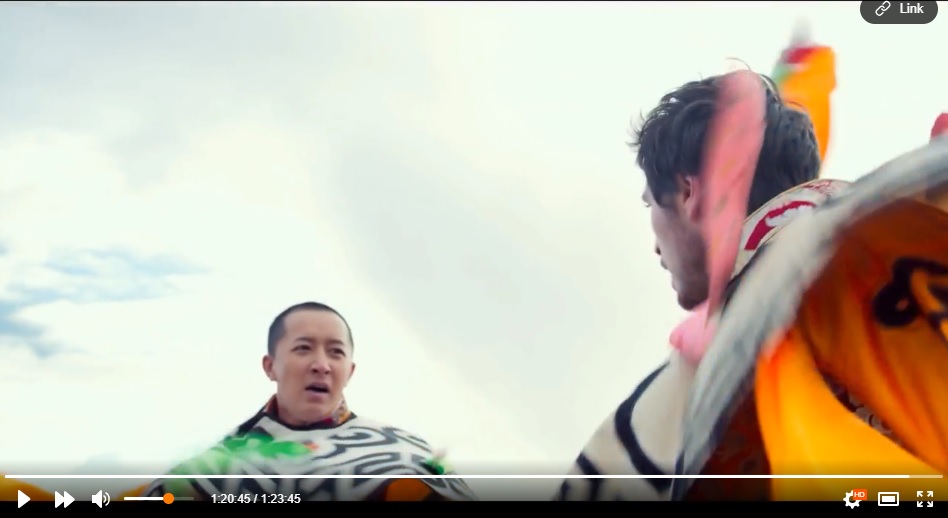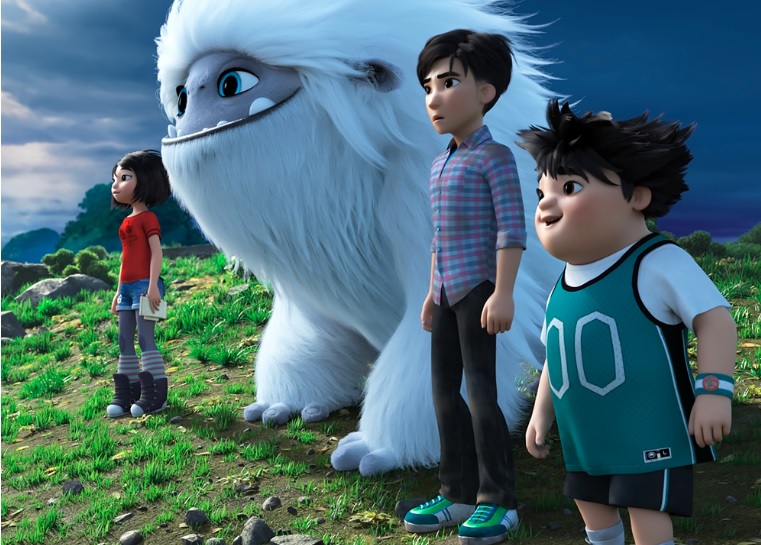Is Tibet a genre in its own right?
Blog four of four on the Chinese film industry in Tibet: this is a coda. #gabriellafitte
Movie directors in China have a hard time. Directors anywhere must juggle finance, script, casting, shifts in public taste, and the years it usually takes between acquiring rights and hitting the screen. Any director out to recover costs, or even make a profit, must somehow reconcile the sharply differing tastes of Chinese and global audiences. Movie makers in China have the added danger of a ferocious censorship system staffed by suspicious minds alert to the slightest suggestion of critiquing how China is governed.
Not surprisingly, many movies never make it, or are held up for years by the censors, or emerge from the bureaucratic maze so mutilated the movie is an audience flop. It takes patience, skill and artistic flair to weave through the maze.
One shortcut path is to make a genre movie. Each genre has its own assumptions and conventions, that’s what defines a genre. In a noir you expect everyone to be crooked. In a Western, a lone hero has to shoot it out with the baddies. Audiences and censors can then relax, we know we are looking at a Western, a gangster noir, a chop-socky martial arts, a doco dressed as fiction, a drama that looks like a doco.
Genre conventions provide cover for directors when script and then footage reach the censors. The central character is a thug and clearly the police are in his pocket? Hey, this is a noir after all. The couple falling in love are gay? Yes, but their passion is conveyed not by bodies touching but by landscape and crowds of extras dancing. The knife fights are too violent? It’s just a Western set in the badlands, with a bit of martial arts, after all, a fantasy no-one will take seriously

FOREGROUNDING THE TIBETAN BACKGROUND
Does it help a Chinese movie get past the censor if it is shot in Tibet? It seems so, as Tibet has become, in Chinese imaginaries, the land where anything is possible, where the normal no longer applies. Expect more movies made in Tibet by Chinese directors, even if few of them allow Tibetans to speak for themselves.
Does it help a Chinese movie get Chinese audience eyeballs if it is shot in Tibet? That’s not clear. Even a doco drama like Gang Rinpoche, in which Tibetans do get to speak for themselves, as themselves, got limited traction at the box office. And the “patriotic” spectaculars of the PLA liberating Tibet from itself, with plenty of Tibetan speaking parts, often struggle commercially, simply because there are now so many violent action hero movies, including those set in a science fiction future, to watch. Who needs to revisit the 1950 battle for Chamdo when Chinese action heroes so satisfyingly beat Americans to pulp in contemporary Africa, or defeat alien space invasions?
Does it help Chinese movies win international audiences if shot in Tibet? On the arthouse and film fest circuit, yes, but that’s as far as it goes. Western audiences who buy into Gwyneth Paltrow’s Goop version of mystical Tibet seem unable to relate to the unhyped daily routines of a Tibetan nomad family doing their everyday livestock management tasks, around the hearth talking of the prospect of a pilgrimage to distant Lhasa, or even to the farther distant Gang Rinpoche/Kailash. It’s all too slow, the camera –as in Pema Tsedan’s Tibetan movies- is too distant, there’s not enough emotion or drama.
GENRE RULES
There are other Chinese movies, not associated with Tibet, that also sneak past the censors, because they are genre films, and, in keeping with genre, you can get away with a lot. Jia Zhangke’s recent Ash is the Purest White is an example. Jia, a top director at the top of his game, made a movie Tibetans who grew up in Tibet will recognise as true to life, recognisably familiar. The lead is a small time local standover man who makes his money bullying and threatening locals who fail to pay debts, or make landlords unhappy. He is a very close friend of the police, so it’s clear the state is onside, part of the action. He enforces the will of the powerful, whether they are businessmen or officials.
Ultimately, as China changes fast, as cities swallow villages, he sees everywhere new opportunities to scale up his intimidation and thuggery, and make much more money; again an accurate reading of where China is heading. But he fails. Small fish get eaten by bigger fish. China is a kleptocracy.
How this got past the censors is a mystery. Jia Zhangke is a top director, but that doesn’t always help. What does help is the crime noir thriller genre, in which it’s a given that crooks are everywhere, and what they all do is crooked. It is Jia Zhangke’s genius that there is not one single scene or even frame a censor could call subversive, yet it all adds up to a subversive depiction of life in new era China, where authority routinely relies on thugs to enforce local government schemes, and thugs rely on local government for protection. Tibetans in Tibet know this well.
Censors are fixated on rooting out suspicious moments, and are unable to stand back and see how the whole is more than the sum of its parts. Jia Zhangke is a visual poet, and his framing of landscape does a lot of work ensuring we, the audience, see what the censors never saw.
Another miracle of sliding past the censor was the now classic Farewell My Concubine. The BBC recently reminded us: “Back in 1993, Farewell My Concubine – regarded as one of the great works of Chinese cinema – made it to the big screen. It reveals the turbulence and brutality of China’s modern history through the lives of two Peking Opera artists, and also explores the love and hate that burns between those two men. The film also criticises the Cultural Revolution. The award-winning film by renowned director Chen Kaige managed to clear the censorship tests more than two decades ago, and is still screened proudly today. Mr Chen has described it as a ‘miracle’”.

Of course, one way of ensuring there is not the slightest danger of censorship is to make your movie so innocuous, your characters all cute and endearing, and animate the lot in a Dreamworks Hollywood studio. That tells you what you need to know about Abominable. Interestingly, the villains, out to capture our lovable yeti are scientists and American millionaires, none bearing any resemblance whatsoever to Jeffrey Katzenberg, boss of Dreamworks. This feel good flick is so American it had to be extensively reverse -engineered in China to play to Han tastes.

No-one asked Tibetans about yetis surfing the rapeseed fields, but one Tenzing Norgay Trainor, an 18years old Florida Sherpa, grandson of the first man atop Everest, does get to voice a main character. And in this identity-obsessed, authenticity fixated era, the voiceover actor and the way his character, Jin, are drawn, there’s a likeness, PLUS they both like the same shoes. It doesn’t get more real than that.
The punchline of the movie: “When you set your mind on something, nothing is impossible”, a credo of the self-made capitalist success myth. Dale Carnegie goes anime.
#gabriellafitte
